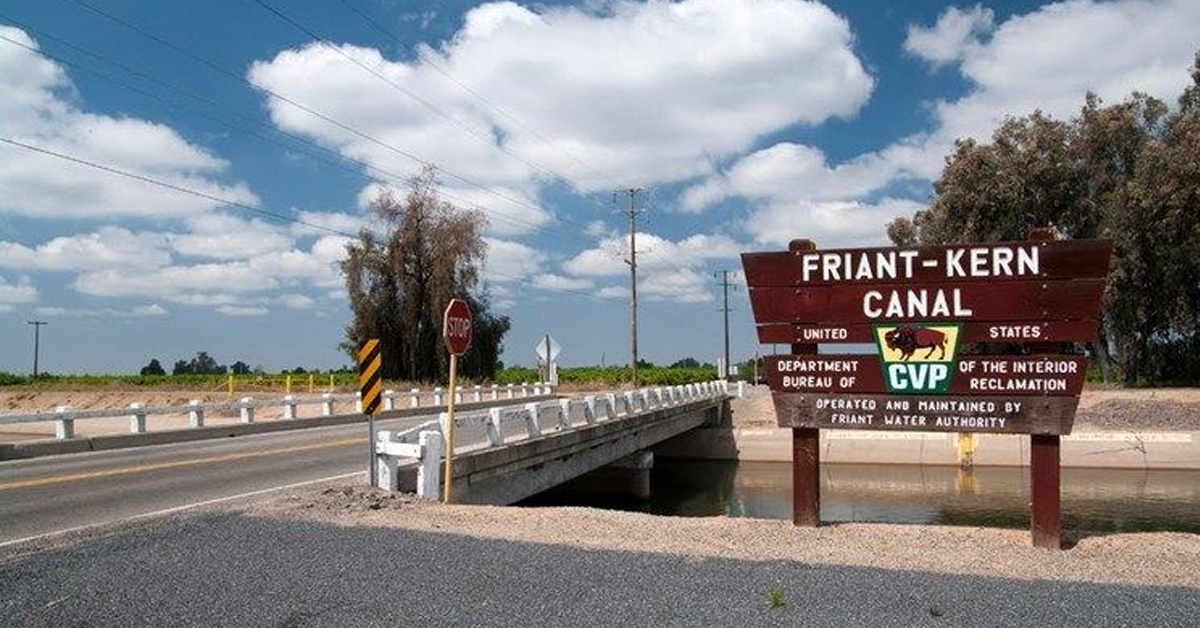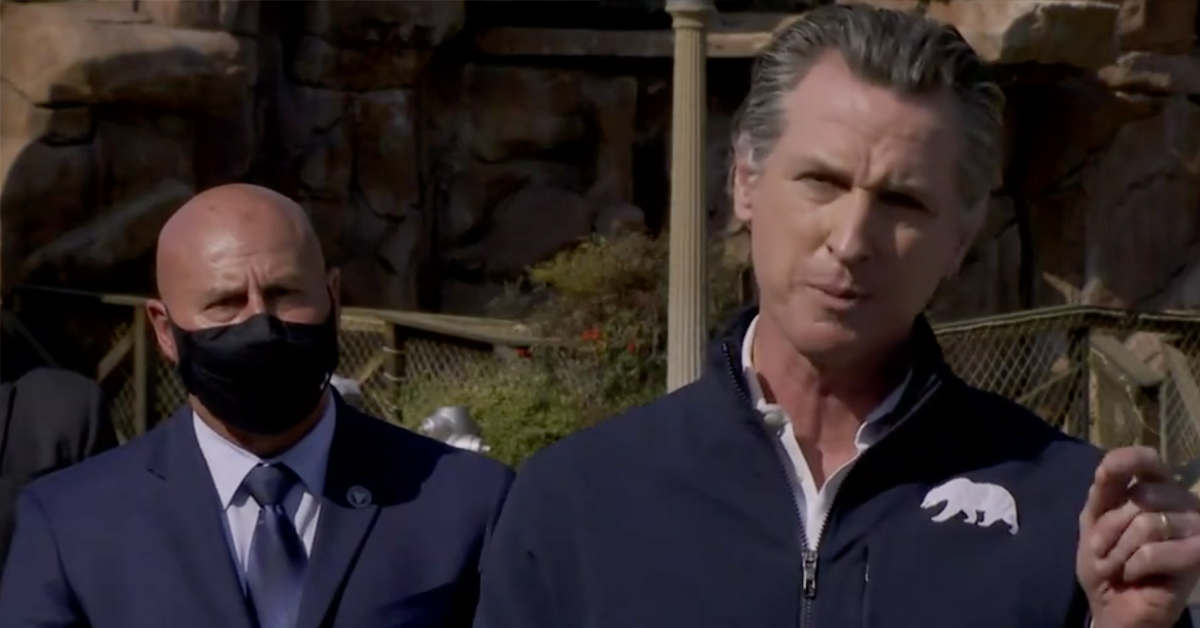Fresno’s much-ballyhooed BRT system suddenly has the feel of big trouble.
That’s the inescapable conclusion after the City Council’s recent debate on one small but vital piece of the Bus Rapid Transit dream – the fight against fare evasion.
The council on May 18 voted 4-3 to approve the introduction of what city officials called a “framework” for the regulation of turnstile jumpers.
To be precise, BRT doesn’t have turnstiles like a subway. But, BRT is like a subway in that riders board en masse with tickets purchased before boarding. In Fresno, the cheaters will be called fare evaders.
Council President Clint Olivier and Council Members Garry Bredefeld and Steve Brandau voted no.
The framework is actually a handful of changes to the municipal code dealing with Fresno Area Express, or FAX, the city’s bus service. The amended ordinance was supposed to return to the council on Thursday (May 25) for an adoption vote.
I’m told the City Attorney’s Office wanted more time to fine-tune the ordinance in light of the May 18 debate. The issue probably won’t return to the council until June.
The May 18 debate was often chaotic. When it wasn’t chaotic, it was comical. Council members were constantly pitching new ideas to their colleagues.
“There are so many motions I’m going to get motion sickness,” Council Member Luis Chavez said at one point. “Where are we at now?”
That’s an apt question for the entire multi-million-dollar BRT project. It’s impossible to listen to the tape of the May 18 debate and not wonder about the status of so many other pieces of a BRT project that is months from completion.
For example, who’s in charge over there in the Transportation Department? Brian Marshall was given his walking papers as director last week. City Manager Bruce Rudd is the interim director. Rudd retires in six weeks.
BRT was born during the Ashley Swearengin era. But current Mayor Lee Brand voted for it as a council member. It’s up to Brand to make it a success. If Brand has given an inspiring speech on BRT’s impressive progress, I’ve missed it.
Let’s begin our story with a look at the May 18 “framework” and its context.
BRT as designed for Fresno is simple in theory. You get a bunch of new buses. The new buses don’t stop as often as the old buses. The new buses get certain priority advantages at stoplights. The doors on the new buses open; riders don’t interact with the driver as they get on or off. The doors on the new buses close. The new buses and their cargo zip along oh so rapidly.
But when you break BRT down to its individual parts, the system is rather complex.
Honesty is an important part of BRT. Riders don’t drop coins into a fare box next to the driver or show a pass, as on current FAX buses. BRT riders will buy a ticket from a vending machine at any of the BRT stops. No one is assigned full-time to each BRT bus to ensure that everyone getting on the bus actually has a valid ticket or pass.
But honesty is not the entire policy. Fares count big time in the city’s transportation game plan. Granted, about 80 cents of every operational dollar spent on Fresno’s public transportation system comes from some type of government subsidy. But that remaining 20 cents is a source of both operational flexibility and proof to the feds/state that Fresno is running a taut network.
Simply put, ensuring the payment of BRT fares is in the public’s interest.
On top of that, officials within the Brand Administration and at the city’s Department of Transportation are fully aware of human nature. We have a tendency to cheat if we think we won’t get caught or the consequences are inconsequential.
The May 18 staff report to council stated: “The proposed amendments to the Fresno Municipal Code will expand the list of passenger restrictions and prohibited conduct to expressly include fare evasions and knowingly providing false identification. It will also provide for a modified administrative hearing process that will allow passengers to request a review of any notice of violation under this ordinance.”
The staff report noted that FAX already has authority to require riders to pay their fares. But, the report added, FAX wants “additional legal and administrative tools to help counter the temptation of evading the payment of fares once the proof of payment program is implemented.”
What is that “proof of payment” program? Someone looking like a regular Joe but backed by the full coercive authority of Big Government will be on random BRT buses, asking random riders for proof that they’ve got the proper ticket or pass. Ah, yes, the old fashioned sting!











Some thoughts:
1) the current version of BRT is a watered down version due to a majority of the council bulking at the original concept.
2) BRT is unlikely to pay for itself, at least in the short term.
3) FAX (though I prefer the original proposed name change of FART back in the day) needs a makeover. It’s needed one for decades. What we have is a baling wire and duct tape system of routes that have been added or adapted as Fresno grew.
4) I haven’t ridden the bus in a long time but I doubt the demographics have changed: students, poor people and the elderly, all of whom don’t drive. FAX became a replacement for school buses in my day riding.
5) Fare jumping or evasion has always been a problem. It was back in the 1970s and if anything has likely gotten worse. Caprioglio is right in that the court system has bigger fish to fry than someone who “forgot” to pay the bus fare.
6) The other legal beagle is right too. However what do you spend scarce resources on? The service or busting people for a low grade crime that’ll carry no jail time.
One more thought. The monetary fines likely will never be collected. If you examine the current traffic infraction fine debate, you’ll realize it’s being driven by two realizations: (1) poor people don’t have $250 or more to pay a fine/penalty assessments and (2) driver license suspensions just make things worse. California cities barrage homeless folks with citations for such activities as sleeping in public or panhandling as part of “tough love” or “we’ll make life so miserable they’ll leave” campaigns. Two things happen: (1) people ignore the tickets and so they go to warrant and (2) even if they’re arrested for warrant(s) the sheriff just kicks them out the jail door and the fines are never collected because they don’t have the money to ever pay. It’s a Catch-22 for the city.
I’m sure other big cities have worked out the logistics for such payment system of its transit. See what they have done.
As an example, San Francisco has the Clipper Card. I have one and use it every time I’m in the bay area. I can use it on BART, Muni, city bus, cable cars, ferries, and Cal Train. I have my card set to reload from my bank when it gets low, but there could be places for people to reload their card with cash. If your card doesn’t work, you don’t get to board the transportation.